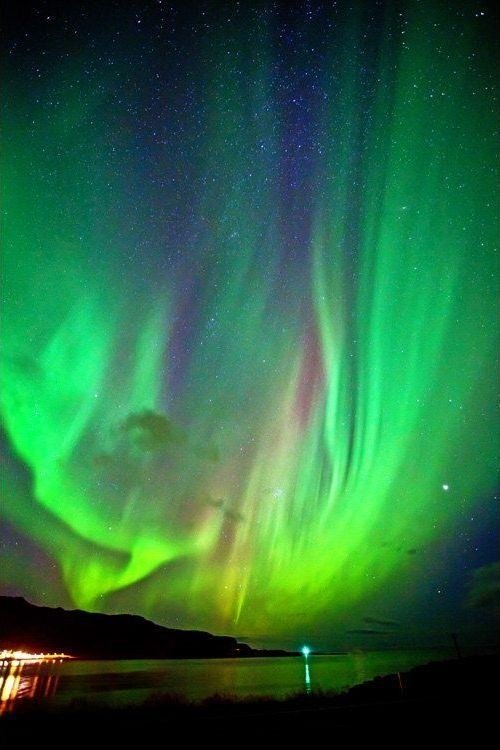
The northern lights are formed when speeding up solar batteries, mainly electrons, collide with atoms and molecules at about 100 km above the Earth. The particles do not come directly from the sun, but accumulate in the Earth's magnetic field, flow along the magnetic lines and get the acceleration and energy needed to form the lights. In the formation of the northern lights, the magnetic field tears and is reflected in magnetic measurements, such as in Leirvogur.
The northern lights are most often seen as skies that follow the sky. The sledges can be hundred and up to several thousand miles in length but much thinner, not a few hundred meters. The northern lights are most likely to originate at 90-130 km altitude, although the red part of the northern lights can be measured down to 70 km and up to 300 km altitude.
When the magnetic field of the solar wind turns to the south, the magnetic field is compressed on the daily side of Earth, ie. The side of the earth that faces the sun together. The magnetic lines in the magnetic field on the night's side of the Earth stretch like a rubber bend in a tee bite. As the magnetic lines collide, the magnetic backbone retards and begins to vibrate like a worm. When this happens, bright northern lights flash up.
As the magnetic backbone returns, the electrons in the solar winds get high speed and travel rapidly to Earth's polar areas with the magnetic lines. There, the electrons of the solar wind stimulate oxygen and nitrogen in the upper layers of the atmosphere, creating a dazzling light-emitting diode.
Satellite surveys, such as THEMIS satellites NASA, show that the northern lights travel with vibrant magnetic lines. The magnetic lines fluctuate over a few minutes and appear and fade the northern lights at the same time.
The rise and decrease of the northern lights corresponds to the movement of the electrons and the magnetic lines. Electrons in the solar wind stream toward Earth, recoil back from the magnetic field and then back in like a wave of waves. North lights appear when the electrons collide with the upper part of the atmosphere and fail when the electrons recoil.

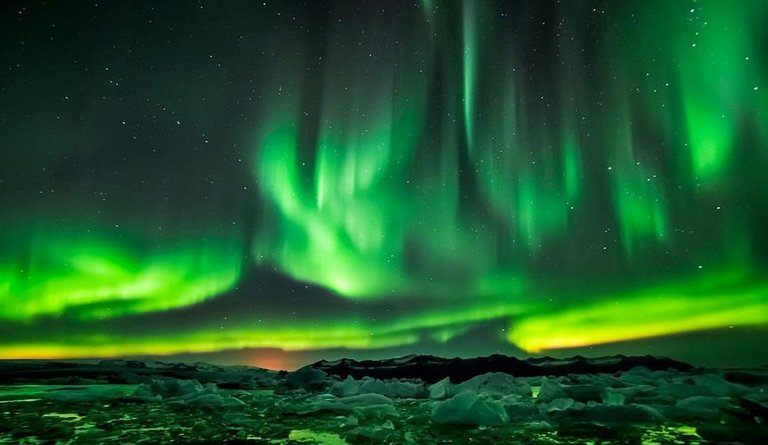
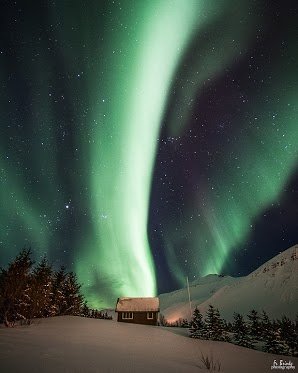
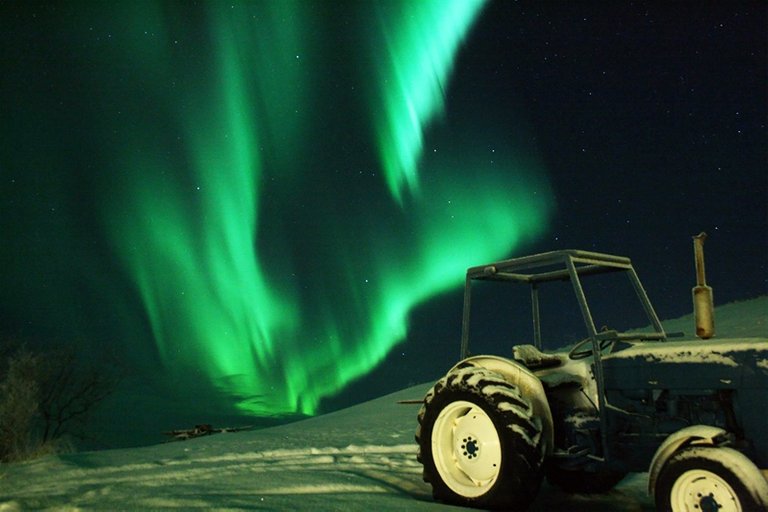
Colours
The northern lights can be attributed to atoms and atoms of nitrogen and oxygen in the atmosphere of the Earth that emit light of a certain color (wavelength) when the particles of the solar wind stimulate them. The most common is the greenish or green color from oxygen, but the purple color is caused by nitrogen.
The colors depend on the height of the lights above the earth. At a height of 100 km or so, the oxygen emits the green color familiarly, but at about 300 km height it emits a red color. The red color is often on the verge of being seen with the naked eyes and often seen in photos.
The colors are as follows:
Green: Ozone atom at 90-200 km altitude (558 nm wavelength). Pale green or greenish is the most common color of northern lights. The eye is most sensitive to green color.
Dark red: Oxygen atom more than 200 km high. Dark red color is seen at the top of the northern lights, then very energy-efficient electrons have stimulated the oxygen atoms (630 and 636 nm wavelengths).
Cutting red: Nitrogen molecules within 90 km. Common color with the largest sunstorms, when very energy-efficient electrons stimulate the molecules.
The purple and blue northern lights are derived from stimulated nitrogen.
Pink and yellow: Red and green blend together
When the colors blend together, the northern lights are usually light-colored. When the northern lights are very dull, the eye does not detect any colors and they turn gray.
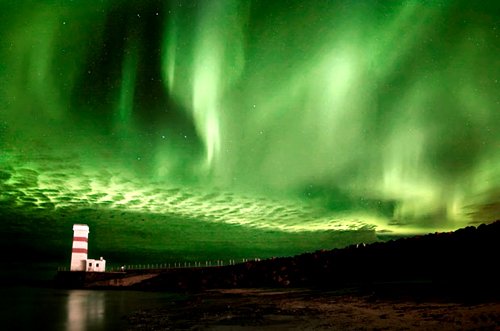
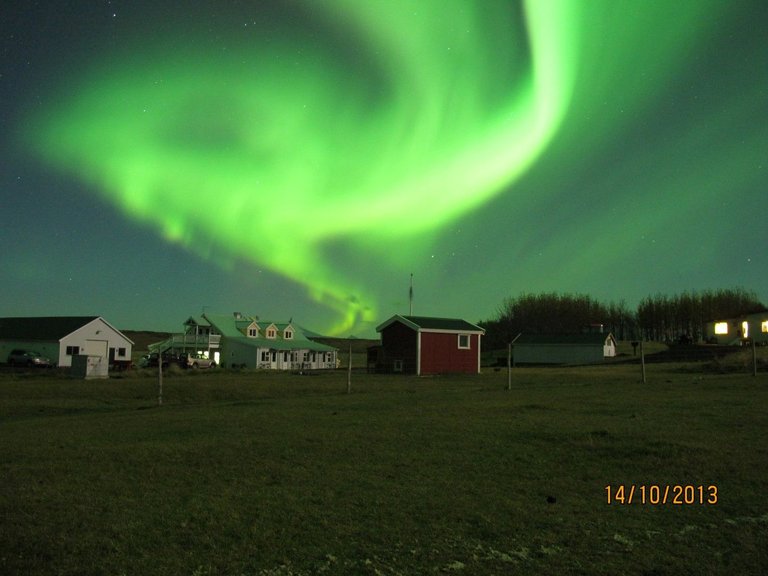
speed
The speed of the solar wind plays an important role in the formation of northern lights. The faster the solar wind is, the greater the likelihood of erratic disturbance and the northern lights shine.
In the vicinity of Earth, the wind speed of the solar wind is usually around 300 km / s, but much more if currents come from crown gills or from coronary gases. With a crown splash, wind speed of the solar wind can reach up to 3000 km / s. A fast wind turbine to Earth will be a powerful magnetic storm (Kp-gilid 8-9).
In order for a good northern light to spark, the solar wind speed needs to be around 500-800 km / s.
so cool man :D
thank you :)
These are pictures from Iceland where I come from :)
Interesting reading for sharing
thank you :)